The gap between urban and rural education still very large
The “2013 Report on the Development of Rural Education in China” issued in Beijing
Author : Source : Chinese Social Sciences Today 2014-01-30
The decision on “major issues concerning comprehensively deepening reform”, approved at the Third Plenary Session of the 18th CPC Central Committee, points out that it is necessary to deepen the comprehensive reform of the educational field, vigorously promote educational equality, gradually narrow the gap between different regions, between urban and rural areas and between different schools, and balance the allocation of compulsory educational resources within urban and rural areas. The problems with rural education are thus under the spotlight once again.
The 2013 Report on the Development of Rural Education in China was issued in Beijing by the Institute of Rural Education of Northeast Normal University on the 16th of January. According to the report, fiscal expenditure on education accounted for 4% of GDP in 2012, for a total of 2.2 trillion Yuan. Nearly 120 million students did not pay tuition and fees, and also received free textbooks. Wu Zhihui, director of the Institute of Rural Education, claims that in recent decades national policies have been biased in favour of rural education, and that control of the main bodies which run the schools has shifted from the farmers to the government.
Although rural education has made great progress, the gap between urban and rural education is still very large. Lei Wanpeng, deputy dean of the School of Education of Central China Normal University, feels that rural education is still very weak, and problems like children who stay at home and substitute teachers still exist in rural areas. There is a lot of work which still needs to be done, including the merging of rural schools, the improvement of the quality of rural teachers and the construction of new rural boarding schools. The report claims that as “new urbanization” gains pace, there will be more than 50 million migrants transferring from rural areas to urban ones during the duration of the 12th five-year plan. It is therefore necessary to reconstruct the spatial design, institutional patterns and structural forms of rural education.
The issue of rural education should be seen in the context of the current social and economic changes, as it is related to the issue of how to raise the people’s general level of morality and civility. Wu claims that there are three views on how to define rural education. The first one is the spatial view, according to which rural education is organized at the county level or below. This view takes the urban and rural populations as immobile. The second view takes anyone who holds a rural permanent residence registration (hukou) as an object of “rural education”. The functional view holds that rural education should be conducive to rural development. In this respect, Chinese academic circles have proposed a professional education oriented towards the rural areas. Professor Yuan Guilin from the Faculty of Education of Beijing Normal University believes that rural education should be geared towards the rural situation, rather than blindly imitating urban modes. In addition, Chinese academic circles should focus on specialist rural and agricultural education, as well as continuing to pay attention to compulsory rural education.
Educational issues are also not limited to a single discipline, and some research institutes are currently engaging in interdisciplinary research, such as exploring rural education from the perspective of economics and politics.
The report contains different sections, including annual reports, special reports and reports on classic cases, so as to give an overview of the overall development of rural education in China, as well as offering an analysis of the difficult problems involved in developing rural education. The next report will focus on the issues of the occupational attraction of being a teacher in the countryside, the movement of urban and rural teachers, school buses for kindergartens and stay-at-home children.
The Chinese version appeared in Chinese Social Sciences Today, No. 551, 20th January, 2014.
Chinese link: http://www.csstoday.net/xueshuzixun/guoneixinwen/87345.html
Translated by Chen Meina
Revised by Gabriele Corsetti
Ye Shengtao made Chinese fairy tales from a wilderness
Ye Shengtao (1894–1988) created the first collection of fairy tales in the history of Chinese children’s literature...
-
How northern ethnicities integrated into Chinese nation
2023-09-18
-
Mogao caves
2023-09-12
-
Mogao Grottoes as ‘a place of pilgrimage’
2023-09-12
-
Time-honored architectural traditions in China
2023-08-29
-
Disentangling the civilizational evolution of China
2023-08-28
-
AI ethics in science fiction
2023-08-23




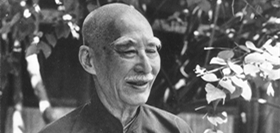
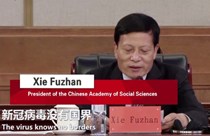
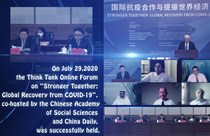
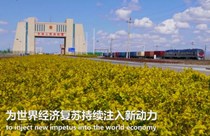
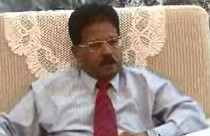


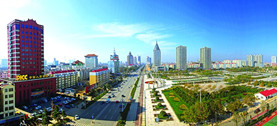


 2011-2013 by www.cssn.cn. All Rights Reserved
2011-2013 by www.cssn.cn. All Rights Reserved